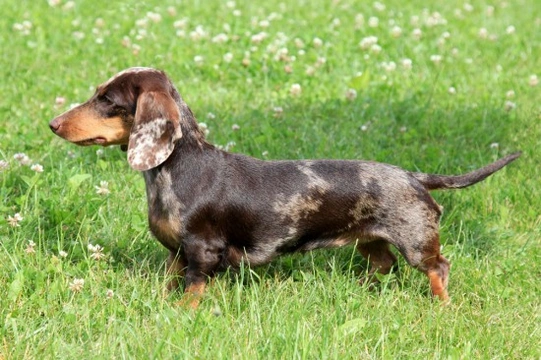
The Karlton Index - Measuring the health of pedigree dogs
Unless you are actively involved in the breeding or showing of pedigree dogs, you may not yet have heard of The Karlton Index; although if you own or are thinking of buying a pedigree dog, or are generally interested in breed standards or dog health and welfare, then this article may well be of interest to you. The Karlton Index is an independent register that seeks to identify a range of common health, confirmation and wellness issues that specific breeds of pedigree dogs can be prone to, and assign to them an overall score on how the encouraged breed and showing standards help or hinder the wellbeing and ongoing viability of a given breed as a whole. The Karlton Index was created in March 2011.
All about The Karlton Index
The Karlton Index was created as a result of the BBC documentary ‘Pedigree Dogs Exposed’ and the later Bateson Inquiry into the health and viability of various pedigree breeds and the effects of The Kennel Club’s breed standards on dogs. The aim of the Index is to take stock of any progress or lack of progress made in the years since the exposure of unhealthy and unethical breeding standards in the documentary, and to measure the ongoing attempts to correct or reduce the incidences of the issues that came to light in a wide variety of different pedigree dog breeds.In the absence of any other formal structure designed to measure the progress made and acknowledge the work done by breed societies and pedigree dog owners to make positive changes to benefit the ongoing viability of different breeds, The Karlton Index was launched.The Karlton Index is not affiliated with The Kennel Club or any individual breed society, and operates independently and objectively outside of these organisations without the goal of furthering any specific organisation’s agenda.
What does The Karlton Index do?
The Karlton Index has only been operating since March 2011, and so is still very much in the formative stages of development. With the best will in the world, over the course of just two years (or almost five years if you go back to the time when Pedigree Dogs Exposed originally aired) only a limited amount of progress or positive change can realistically be expected from any breed organisation within that time. Improving breed standards for the best interests of the dogs within the breed rather than for showing standards, and making fundamental changes to help to improve the health and wellbeing of future generations of dogs is something that will take decades to fully implement, rather than years.The Karlton Index seeks to chart this development, and publish results denoting which breed societies and breeders have positively embraced change in the best interests of their dogs, how they have achieved it, and what the future holds for the breed as a whole.
The scoring system
The Index works to highlight and reward the good work done by breed societies that are working for their breed in positive ways, provide publicity and recognition to these societies, facilitate the sharing of ideas, and raise the profile of the need for change by applying positive pressure to other breed societies and breeders.Points are awarded for positive changes that are implemented by breed societies, and the effect that they have upon the dogs of that breed. Each year, The Karlton Index offers up a range of awards for innovations in breed health and the commitment of clubs and individuals to working to improve the health of their breed. Anyone can nominate a breed or breed society, and the general dog-loving public are all actively encouraged to get involved in recognising the progress made by breed societies and their commitment to the wellbeing of their dogs.
Breed health awards
The first year for which scores were awarded was 2011, and the 2013 scores for progress made during 2012 will be updated and published at the end of March.The top twenty most improved breeds of 2011 were judged and awarded on a range of areas:
- The hard work and commitment to the vision of positive change and the active moves taken to enable it by the breed societies
- Prioritising the health and wellbeing of the dogs of the breed, and systematically safeguarding and prioritising their interests
- Providing clear and credible breed health information to prospective new owners of dogs of the breed, and rewarding responsible breeders
The list of the top twenty most improved dogs of 2011 have served to form the first leader board of The Karlton Index scoring, and is comprised of the following dog breeds in descending order:1. Dachshunds2. Leonbergers3. Bernese Mountain Dogs4. Hungarian Vizslas5. Labradors6. Spanish Water Dogs7. Newfoundlands8. Soft Coated Wheaten Terriers9. Golden Retrievers10. Briards11. Irish Red and White Setters12. Irish Setters13. Italian Spinones14. Giant Schnauzers15. German Wirehaired Pointers16. Flat-coated Retrievers17. Hungarian Wire-haired Vizslas18. English Springer Spaniels19. Cocker Spaniels20. Irish Wolfhounds
Further information
If you would like to find out more about The Karlton Index, how to nominate a breed or society for an award or what you can do to help to improve the lot of pedigree dogs in the UK now and in the future, check out The Karlton Index website.



